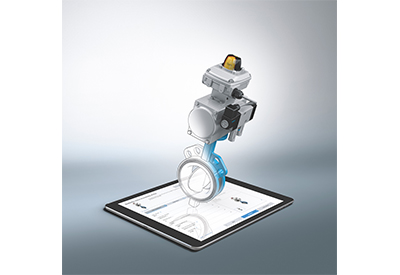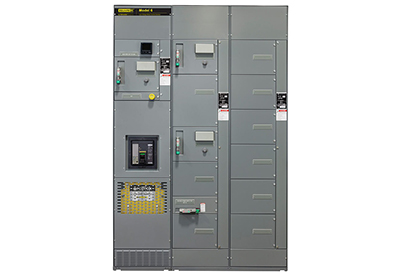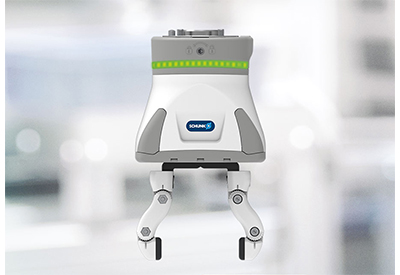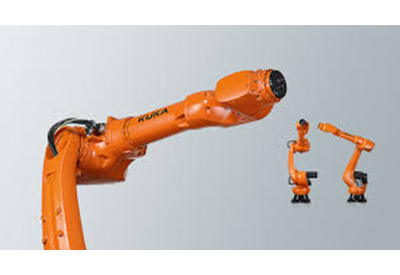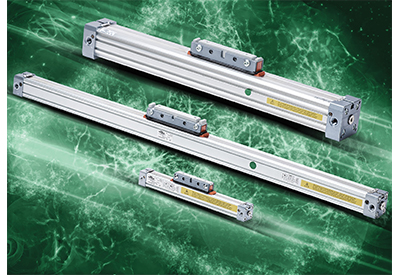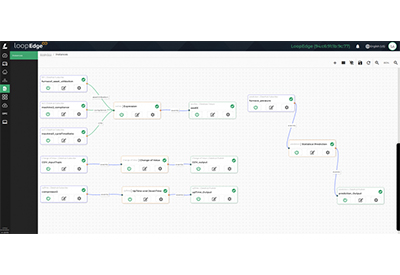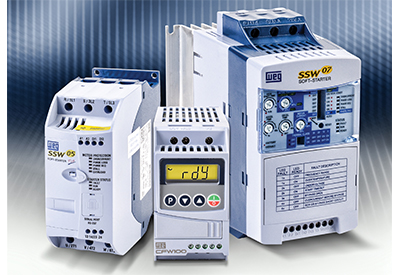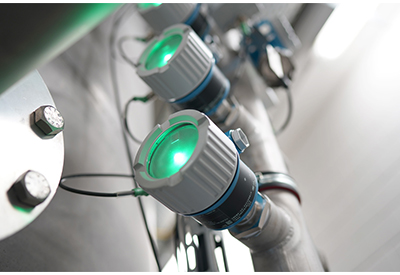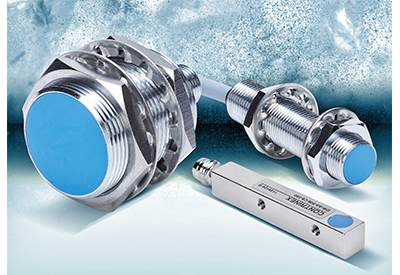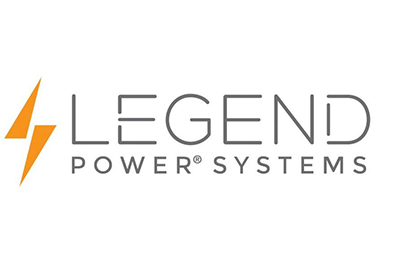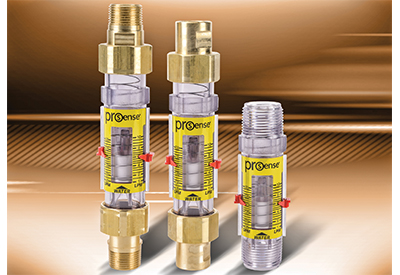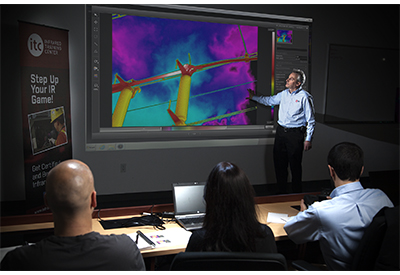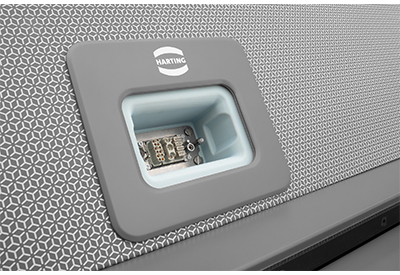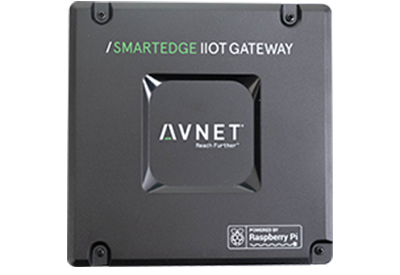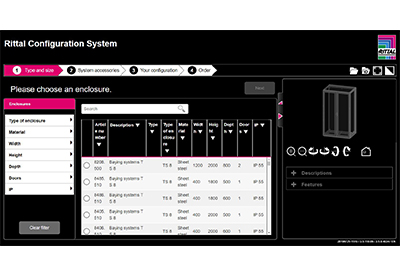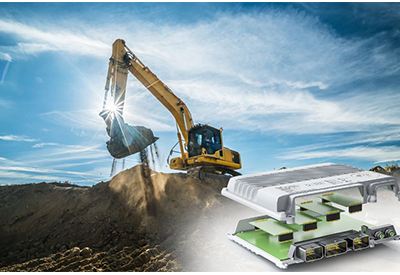Process Valve Configurator is Festo’s latest digital tool simplifying engineering, procurement
With the new Festo Process Valve Configurator, process and application engineers can configure butterfly or ball valve assemblies for their application online in just minutes. Whatever the job requires, be it a manually actuated combination, a unit with pilot valve and sensor box, or a unit with a positioner for modulating or throttling applications, the user simply enters the process and ambient conditions of their application along with the desired method of actuation.

